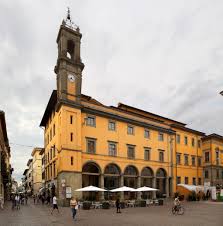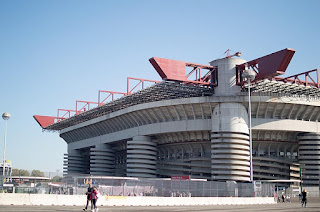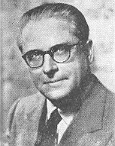Former Communist who led Italian Women’s Union
 |
| Teresa Mattei was expelled from school for speaking out against Fascist laws |
After being expelled from the Italian Communist Party (PCI) in 1957, Mattei became a leading advocate of the rights of children as well as women and later campaigned for the prosecution of war criminals.
As a prominent executive of the UDI she was influential in the adoption of mimosa as the symbol of International Women’s Day, which takes place on March 8 each year, arguing that because the flower proliferated in the countryside it represented a more accessible alternative to violets and orchids.
The daughter of a lawyer who was prominent in the anti-Fascist Partito d’Azione (Action Party), Mattei herself was a active member of the Italian Resistance during the Second World War, using the nom de guerre "Partigiana Chicchi".
She was part of a group in 1944 that plotted and carried out the execution of Giovanni Gentile, the philosopher who had become the main intellectual spokesman for Fascism and who had part-written Benito Mussolini’s Doctrine of Fascism in 1932.
 |
| Teresa Mattei with her first husband, the partisan leader Bruno Sanguinetti |
Nonetheless, having moved with her family to Tuscany in 1933, she was accepted as a student at the University of Florence, where she graduated in philosophy before joining the partisans. She joined the Communist Party in 1942 and met her future husband, Bruno Sanguinetti, a resistance fighter of Jewish origin who was a commander of the Communist Youth Front and the major instigator of the plot to murder Gentile, a professor at the university.
Gentile was ambushed and shot dead as he left the prefecture in Florence, after which Sanguinetti proclaimed the assassination as vengeance for the death of Mattei’s brother, Gianfranco, a chemist and bombmaker for the partisans, who had hanged himself in prison rather than risk betraying his comrades under torture.
After the war had ended, Mattei was elected in the PCI lists to the Constituent Assembly for Florence and Pistoia. At 25 the youngest person to be elected in the organisation, she was a signatory to Article Three of the constitution of the new Italian Republic, declaring all citizens regardless of sex, race, language, religion, political opinions, personal and social conditions to have the right to equal social dignity and be equal before the law.
 |
| Prime minister Alcide de Gasperi addresses the Consituent Assembly in 1946. Mattei is in the third row, just behind him |
In the meantime, she was expelled from the PCI for her opposition to the Stalinist policies adopted under the leadership of Palmiro Togliatti.
Thereafter, she devoted her energies for more than 50 years to various campaigns for women’s and children’s rights, as well as, in 1996, organising a petition demanding a new trial for Erich Priebke, a former Nazi officer responsible for a massacre of more than 300 Jews and others in Rome in 1944 and for murdering dozens of Italian Resistance members detained in the city’s prisons. Priebke was eventually sentenced to life imprisonment.
Having returned in later life to live in Tuscany, Mattei died in 2013 at the age of 92 in Usigliano, a village about 35km (22 miles) southeast of Pisa.
| Florence University has several sites in the centre of the city, including this one, the Palazzo San Marco |
The University of Florence, which has 12 schools, swells the population of the city by some 60,000 students each year. Its Law, Economics and Political Science faculties are in the Novoli district, while those Medicine and Surgery, Pharmacology and certain scientific and engineering departments are in the Careggi district, close to the city’s main hospital. Among the alumni are the former President of Italy Alessandro Pertini, two popes - Nicholas V and Pius II - the poet Dante Alighieri and two prime ministers, Lamberto Dini and Matteo Renzi.
 |
| The Palazzo Pretoria in Pontedera |
Usigliano is a fairly remote village in Tuscany, with a couple of villas offering agriturismo-type accommodation and very few amenities. The nearest muncipality of any substantial size is Pontedera, the town at the confluence of the Arno and Era rivers notable for housing the headquarters of the Piaggio motorcycle and scooter company, the Castellani wine company and the Amadei chocolate factory. Pontedera was the seat of several historical battles, including a Florentine victory over the Milanese army of Barnabò Visconti in 1639 and a pyrrhic victory in the Republic of Siena’s struggle to retain its independence from Florence, two months before a decisive defeat at the Battle of Marciano.
Pontedera hotels from TripAdvisor.co.uk
More reading:
Giovanni Gentile, intellectual advocate of Fascism
Teresa Noce - partisan and activist who became an elected Deputy
Palmiro Togliatti, the Communist leader who survived an assassination attempt
Also on this day:
1690: The birth of virtuoso violinist Francesco Maria Veracini
1891: The birth of engineer Corradino D'Ascanio, inventor of the Vespa scooter
1922: The birth of opera singer Renata Tebaldi
(Picture credits: University building and Pontedera palazzo by Sailko via Creative Commons)
Home









